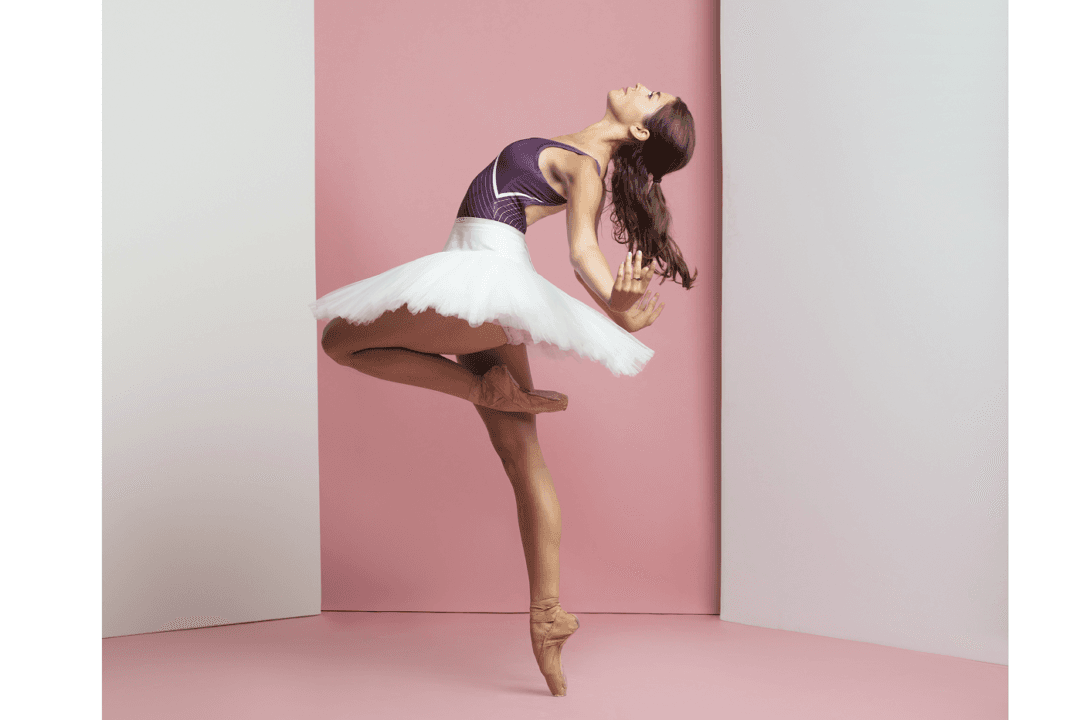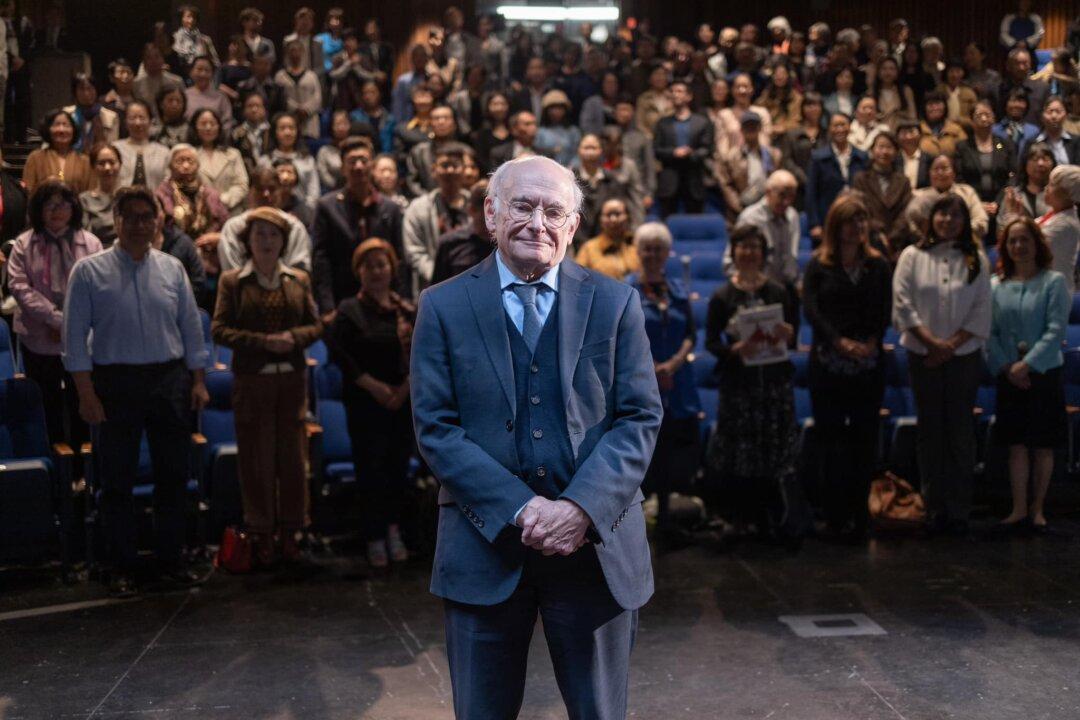There are two different paths for the leading ladies of “Anna Karenina.” On one, we find the main character, Anna, a young wealthy socialite. Married with a young son, she falls in love with the handsome Count Vronsky. Anna leaves her family to join her lover, and her world starts to quickly unravel. Society shuns her, the new relationship falters, and eventually she finds no way out but death.
While the novel mainly follows Anna’s downfall, it is nonetheless brightened by the much happier story of Levin and Kitty. As Anna moves from domestic stability toward personal ruin, her relative Kitty rises from initial heartbreak to achieve domestic happiness. As Anna abandons her son, Kitty welcomes her own child.





